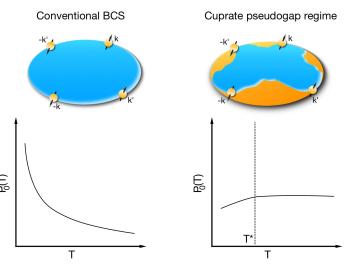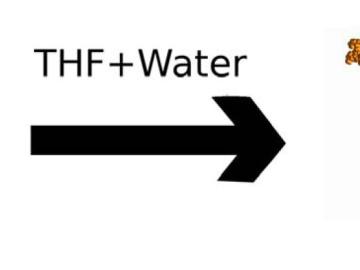Filter News
Area of Research
- (-) Electricity and Smart Grid (1)
- (-) Supercomputing (4)
- Advanced Manufacturing (6)
- Biology and Environment (8)
- Building Technologies (1)
- Clean Energy (45)
- Climate and Environmental Systems (1)
- Computational Engineering (1)
- Computer Science (3)
- Fusion and Fission (2)
- Isotopes (2)
- Materials (12)
- Materials for Computing (8)
- Mathematics (1)
- National Security (1)
- Neutron Science (3)
- Quantum information Science (1)
- Renewable Energy (1)
- Sensors and Controls (1)
- Transportation Systems (1)
Media Contacts

A method developed at Oak Ridge National Laboratory to print high-fidelity, passive sensors for energy applications can reduce the cost of monitoring critical power grid assets.

To better understand the spread of SARS-CoV-2, the virus that causes COVID-19, Oak Ridge National Laboratory researchers have harnessed the power of supercomputers to accurately model the spike protein that binds the novel coronavirus to a human cell receptor.

A new tool from Oak Ridge National Laboratory can help planners, emergency responders and scientists visualize how flood waters will spread for any scenario and terrain.

Since the discovery of high-temperature superconductors — materials that can transport electricity with perfect efficiency at or near liquid nitrogen temperatures (minus-196 degrees Celsius) — scientists have been working to develop a theory that explains their essential physics.

Breaking down cellulosic biomass for biofuel is a costly and complex process, requiring lots of acid, water, and heat. Experimental pretreatments, however, hold the promise of driving down these costs by making more biomass available to enzymes for fermentation. To gain a better...




